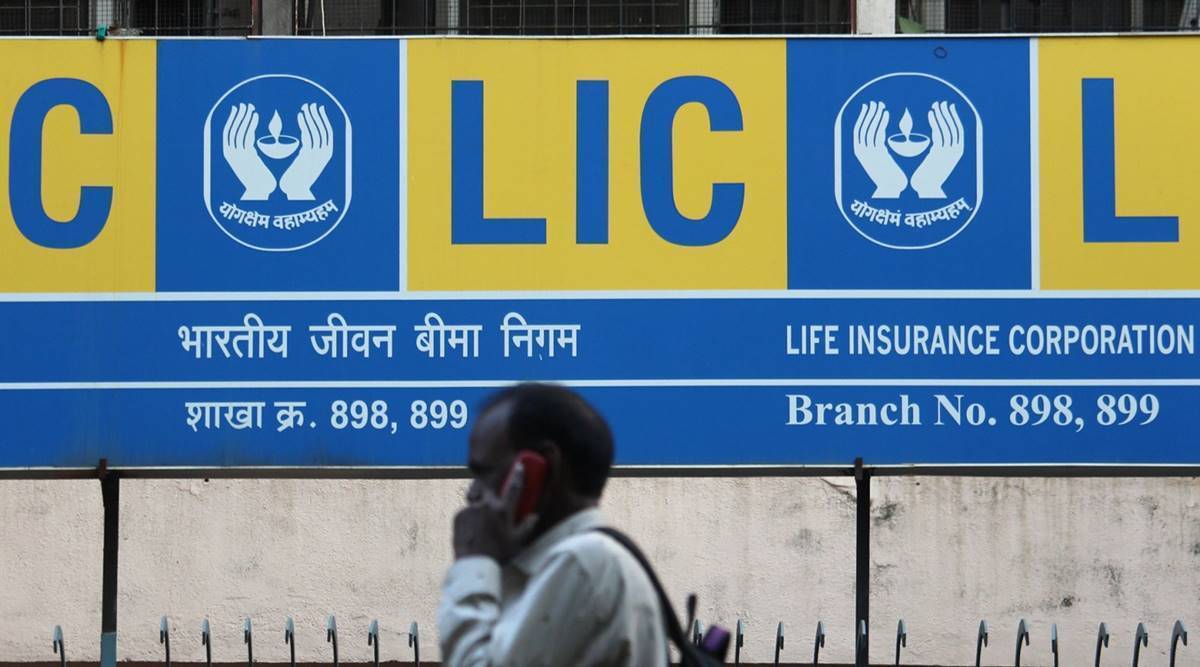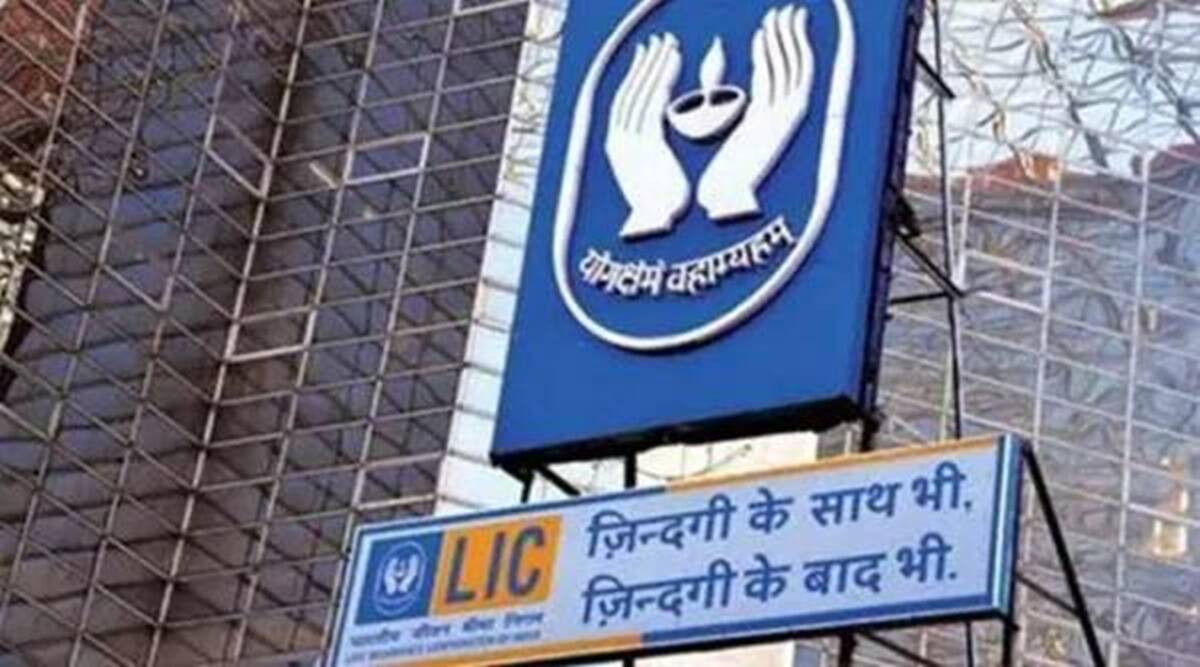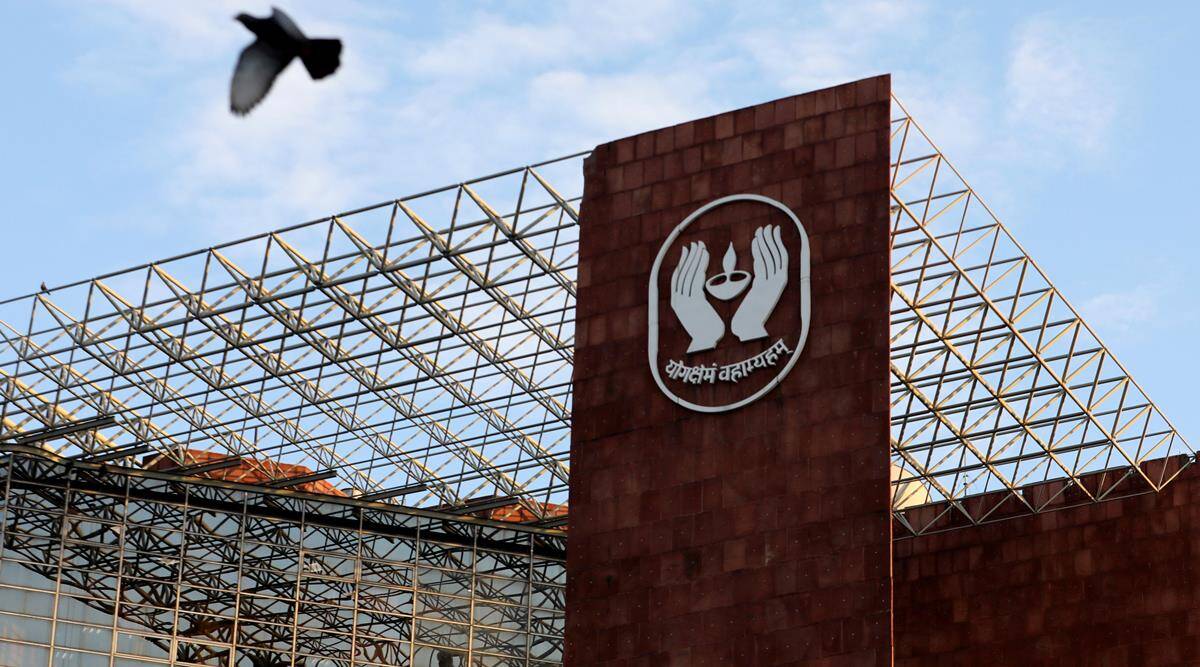THE NEW public sector enterprises (PSE) policy will keep following the process of off-loading government stake with an aim to have bare-minimum holding except in some strategic sectors. The idea is to let the private sector envision the future of companies and let them test their capacities, Department of Investment and Public Asset Management (DIPAM) Secretary Tuhin Kanta Pandey told Aashish Aryan and Sunny Verma in an interview. Edited excerpts:
What is so different about the new PSE policy?
For the last 20 years, there had been no privatisation. Some strategic disinvestment, which took place was between x-to-y company, within the government space. There, the problems are completely different. You are sure that one bidder is going to bid. There are no litigation, employee agitation, allegations and counter-allegations. Because the situation doesn’t change, it moves from one public sector company to another public sector company. You can argue that it is not reform.
Now, what we are saying is that the private sector has greater employment, productivity, sustainability, and capacity to innovate. That comes with the private sector today. Here, the question is of whether the government should be in business. We will retain the bare minimum in certain sectors.
We are looking at the next 10 years of the company. Who is going to envision its future, think what new technologies and practices will come in? Are we going to do it in the public sector or leave it to the private sector? We believe there is sufficient capacity in today’s India to have multiple players who can think along these lines, build large infrastructure, manage large companies as well as large shareholders.
The government has to be in essential things. This is the kind of thought process that has gone into the new PSE policy. Since these are public assets, we have to do it with transparency. There has to be open bidding, multiple players, etc. Private sector may have much more of a bilateralism, which we cannot have. We have to work within those limitations. It could be a little time taking.
What are the learnings from the recent divestment and sale?
We now have a template and there is a certain learning process. Our institutional capacity building has taken place. There is much better clarity on the inter-ministerial process. Our professional advisors, who also advise the private sector, now have a better understanding of the government’s concerns. Because, say for example, the employees’ concerns and their expectations in public sector are different from the private sector. For government employees, private sector culture becomes a big leap, a big change, and there is a lot of resistance to it.
They think that jobs would go. The jobs would actually increase and not vanish. Because, if you have no capacity addition, technologies get old, and jobs will go. Whereas, if these keep on getting replaced, more jobs will actually come. Of course, some of the non-essential, redundant jobs can go. That’s part of the whole process of change.
But, in the interim, they will like to go to the court to stall it and allege a lot of things. But, our books are clean. Everything is transparent. Anybody can look at it. We need to give a certain kind of confidence to the several officers who are working. So, we should give them confidence that nobody is going to trouble them 10-20 years later just because they did a professional job without any malice.
We will also not like to dump our equity at frequent intervals for our listed stocks. Because we will be mindful of shareholders who are invested in those stocks. What we are saying is that there will be nuanced disinvestment, which will get more difficult but have a far-reaching impact on the economy, reforms and jobs.
Is there a pullback on privatisation from the last Budget? The Finance Minister had said there would be a Bill for helping privatisation of two banks. That Bill has not been brought to date.
I think, first, the legislation has to pass. Without legislation, DIPAM cannot do anything. So, the Department of Financial Services is looking into it. The timing is always an issue. In privatisation, we have to move in a more nuanced way. It is not a fire sale. Steel plants, for example. You cannot say that all these 4-5 public sector units are available. There is also a limited capacity of the bidders with competitive bidding. So, that means there would be a certain kind of a scheduling of the transactions. That we have to look out for.
Even within the system, if something gets done after hard work, it is much better than doing 10 different things together, but succeeding in none. The bidders’ interest will, then, wane. We have to see that bidders also have multiple channels today in brownfield acquisitions. It is easy for the private sector, where one company comes and acquires another. We have a lot of dos and don’ts because of the public nature of our assets. This is effort and timing based. The economy may be doing too well and you may think it is a good time to sell. Not necessarily.
So it’s a conscious call to go slow on privatisation?
No. Nothing stops us. Only thing we are now saying is that do not show big numbers. We are entering into a difficult area. We cannot say so much will be done quickly in 1 year. There is a pipeline approach. Some from the last year will materialise, some will get stuck, and so on. Some that we start this year will get completed within 8 months. It depends on case to case and the circumstances.
Have you fixed the issue of foreign investment in LIC?
I mean, yes, broadly, that is the kind of logic, because LIC is not an insurance company. So, insurance laws strictly do not apply to it except for some of the provisions of insurance, which are indicated in the LIC Act itself. We have to retain 51 per cent by law. We cannot go below that. And even if we go for an IPO, we will be able to dilute only up to 25 per cent within the first 5 years. We cannot go more than this, as per the law. And, then, we have the law that no single person can own more than 5 per cent. So, 20 per cent is more than enough for us, if we go for that route.
Newsletter | Click to get the day’s best explainers in your inbox
What about the concerns on the surplus transfer?
Surplus transfer is cleared by law that non-par you can have 10 per cent that can go to shareholders, while par can be 90-10. Up to 10 per cent can be given to the shareholders. That law is not new, that law has been old enough. Since LIC is doing 95-5, they will be giving a roadmap of how they will be bringing the two. Instead of drastically instantaneously, they will give it over a period of time.
Nevertheless, I think they have very healthy bonus rates and what we call is policyholders reasonable expectations (PRE). So, those PRE will be met normally. IRDAI says that if you have a PRE at the time of issuing the policy, you should meet it. So, that regulation they will look at. In any case, they now also look at it.
What about the domestic institutions? How has the reaction been? Are they interested?
Of course, they should be. If such a large share of the market is with somebody and and they have a well managed portfolio, with about Rs 6 lakh crore of assets under management, I think everyone should be interested in LIC shares — any class of investors anywhere in the world.
Because you are not really investing in something where you do not know if any profit will come. It has a profit and stability record of 60 years. Going forward, if you have certain segments where LIC hasn’t been emphasising, so far, they will emphasise. Given their network, they can easily improve margins on some of the non-par products. I think the market itself will bring in a lot more changes within the LIC structure also. It could be organisational structure or new kind of officers, positions and way of working. They will be now duty-bound. The EV will also be published regularly. So, all those things will be there.
What is going on with BPCL?
The point is that it is a large transaction and we need multiple bids. We have multiple investors. We are persuading them. In between, it has been caught up in energy transition issues. So there has been a lot of discussion on what is the future of refining, decarbonisation. Although, what we are saying is that BPCL itself has a lot of other potential, even on the green side. Because once you have petrol pumps and so many other assets, nothing bounds you. The refineries have to be there. You cannot say that we will shut down the refineries.
Because of the size, it is a question of bringing in the consortia and other things. The bidders are working out on what their plans are. We are persuading them through our transaction advisors to come. The due diligence stage has been extended.
Is valuation one of the issues holding it?
The question of valuation does not arise right now. But from the beginning they have to be ready. From our side, I do not think there is an issue. There is a large transaction. This is a large and competitive bid. And we cannot say that come what may, you have to bid.
So it will spill over to the next financial year?
I mean I have given you sufficient information. But I am not able to say beyond this as to how we will be able to get it. Our transaction advisor has to come back to us on what can and cannot be done. I have not been able to get a sense of that.
What about others such as the Shipping Corporation of India, Container Corporation?
There, things are relatively straightforward. We have not yet launched an EoI for Container Corporation.











